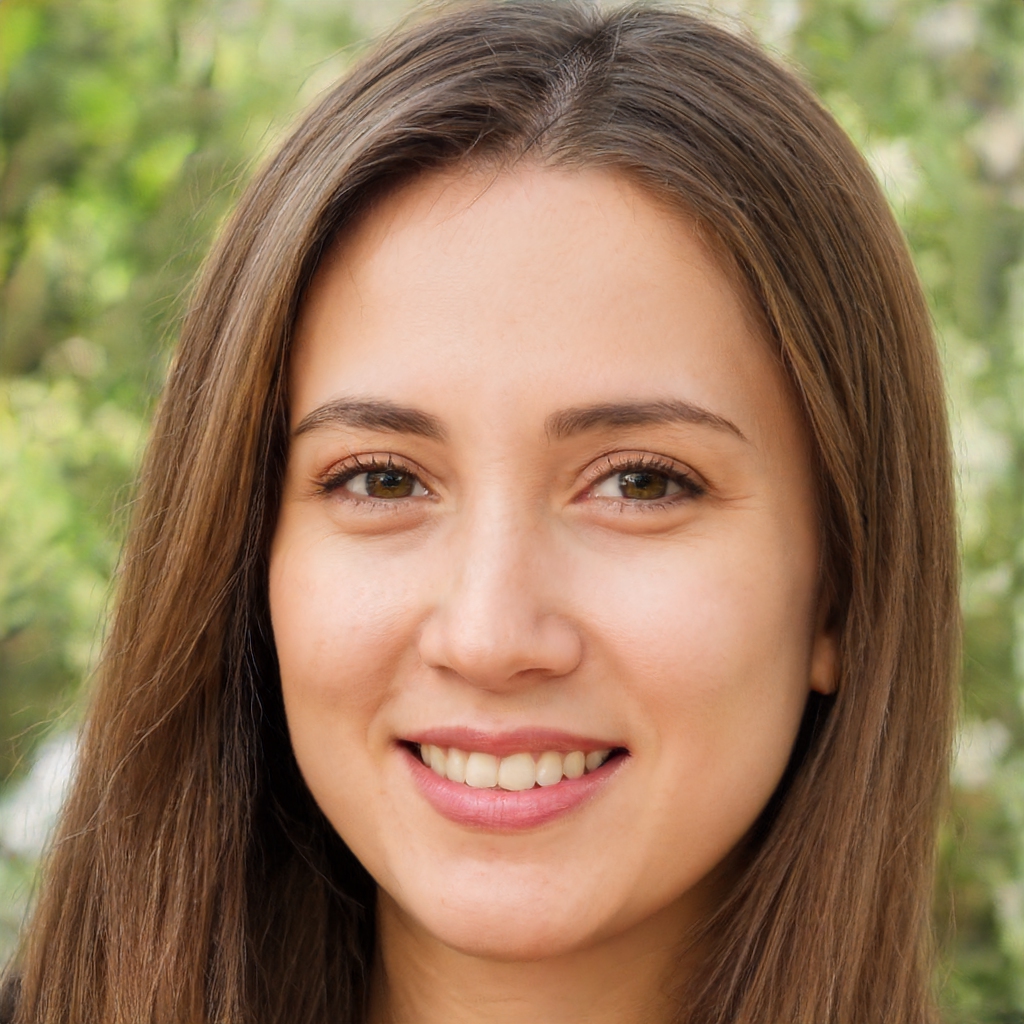Concentrated solar power (CSP) is a type of solar power technology that uses mirrors or lenses to concentrate sunlight onto a small area to generate electricity. CSP systems can use either "parabolic trough" or "heliostat" technologies.
Parabolic trough systems use long, curved mirrors to reflect and focus sunlight onto a receiver tube that runs along the mirror's focal line. The receiver tube is filled with a heat-transfer fluid (usually oil or molten salt) that is heated as it flows through the tube. The hot fluid is then used to generate steam, which drives a turbine to generate electricity.
Heliostat systems use mirrors to track the sun and reflect sunlight onto a central tower. The mirrors are arranged in a field around the tower and can be controlled to direct sunlight onto the receiver, which is located at the top of the tower. The receiver contains a heat-transfer fluid (usually oil or molten salt), which is heated by the sunlight and then used to generate steam, which drives a turbine to generate electricity.
What does concentrated solar power CSP produce?
Concentrated solar power (CSP) systems use mirrors or lenses to concentrate a large area of sunlight onto a small area. This concentrated light is then used as a heat source for a power generation system.
CSP systems can be used to generate electricity, process heat, or produce liquid fuels. They are often used in combination with other energy sources, such as natural gas or coal.
CSP systems can be used to generate electricity by heating a working fluid, such as water or molten salt, which then drives a turbine. The turbine can be used to generate electricity or to compress air for storage in a compressed air energy storage system.
CSP systems can also be used to process heat. This heat can be used for a variety of industrial applications, such as desalination, district heating, or power generation.
CSP systems can also be used to produce liquid fuels, such as synthetic diesel or jet fuel. This process is known as thermochemical fuel production.
What is the difference between solar PV and CSP?
Solar PV and CSP are both technologies used to generate electricity from sunlight. Solar PV uses photovoltaic cells to convert sunlight into electricity, while CSP uses mirrors to concentrate sunlight onto a central receiver to generate heat, which is then used to generate electricity.
Solar PV is more efficient than CSP, but CSP can be used to store energy, while Solar PV cannot.
What are the three types of CSP?
There are three types of CSP:
1. Discrete CSP: This type of CSP deals with variables that can take on a finite set of values. An example of a discrete CSP would be a problem where the variables represent the states of a robot, and the values represent the possible positions the robot can be in.
2. Continuous CSP: This type of CSP deals with variables that can take on an infinite set of values. An example of a continuous CSP would be a problem where the variables represent the joints of a robot, and the values represent the possible angles the joints can be in.
3. Mixed CSP: This type of CSP deals with both discrete and continuous variables. An example of a mixed CSP would be a problem where the variables represent the states of a robot and the joints of a robot, and the values represent the possible positions the robot can be in and the possible angles the joints can be in.
Is PV or CSP better? There is no definitive answer to this question as it depends on a number of factors, including the specific application and the relative costs of each technology. In general, PV (solar photovoltaic) systems are better suited for applications where space is limited, while CSP (concentrating solar power) systems are better for large-scale power generation.
What is CSP used for?
CSP (constraint satisfaction problem) is a problem solving technique that can be used for a variety of applications, including robotics. In a CSP, the goal is to find a solution that satisfies a set of constraints. For example, in a robotic CSP, the constraints might be related to the physical limitations of the robot, such as maximum speed or maximum payload. The goal of the CSP is to find a solution that meets all of the constraints.
There are a variety of different algorithms that can be used to solve a CSP, and the choice of algorithm will depend on the specific problem. For example, a simple algorithm might just try to find a solution that satisfies all of the constraints, without regard for whether or not the solution is optimal. A more sophisticated algorithm might try to find the optimal solution, or a near-optimal solution, by taking into account the trade-offs between different constraints.
The choice of algorithm also depends on the size and structure of the CSP. For small CSPs, a brute-force search might be sufficient. For larger CSPs, more sophisticated algorithms might be needed. In general, the more constraints there are, and the more complex the relationships between the constraints, the more difficult the CSP will be to solve.
CSPs can be used for a variety of applications, including route planning, scheduling, resource allocation, and robot control. In each case, the goal is
